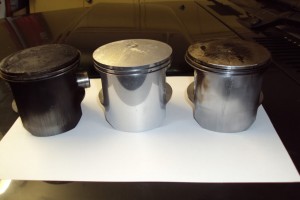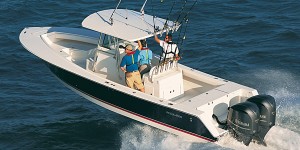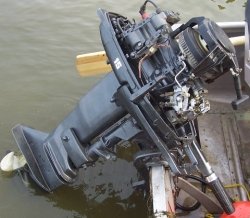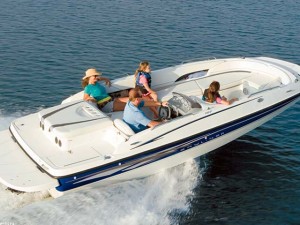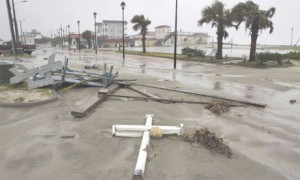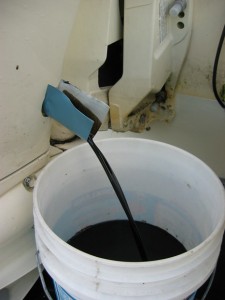V750 Cruiser
Even though I’m supposed to be looking for an inflatable tender, I couldn’t help but check out some of the top of the line inflatable crafts made by Mercury Marine. The V750 Cruiser, for example, is a real beauty. The inflatable boat can be used for fishing, diving, or as a snorkeling platform.
The Cruiser comes with bow stern and anchor lockers, integral fuel tank, electric bilge pump, and a diving platform with ladder and deck shower kit. Rear bench seating, 12-volt ice chest, and switch panel with 12-volt accessory plug makes it quite the luxury boat. Best of all, the Cruiser is compatible with several engines which all take Mercury 2 cycle oil.





